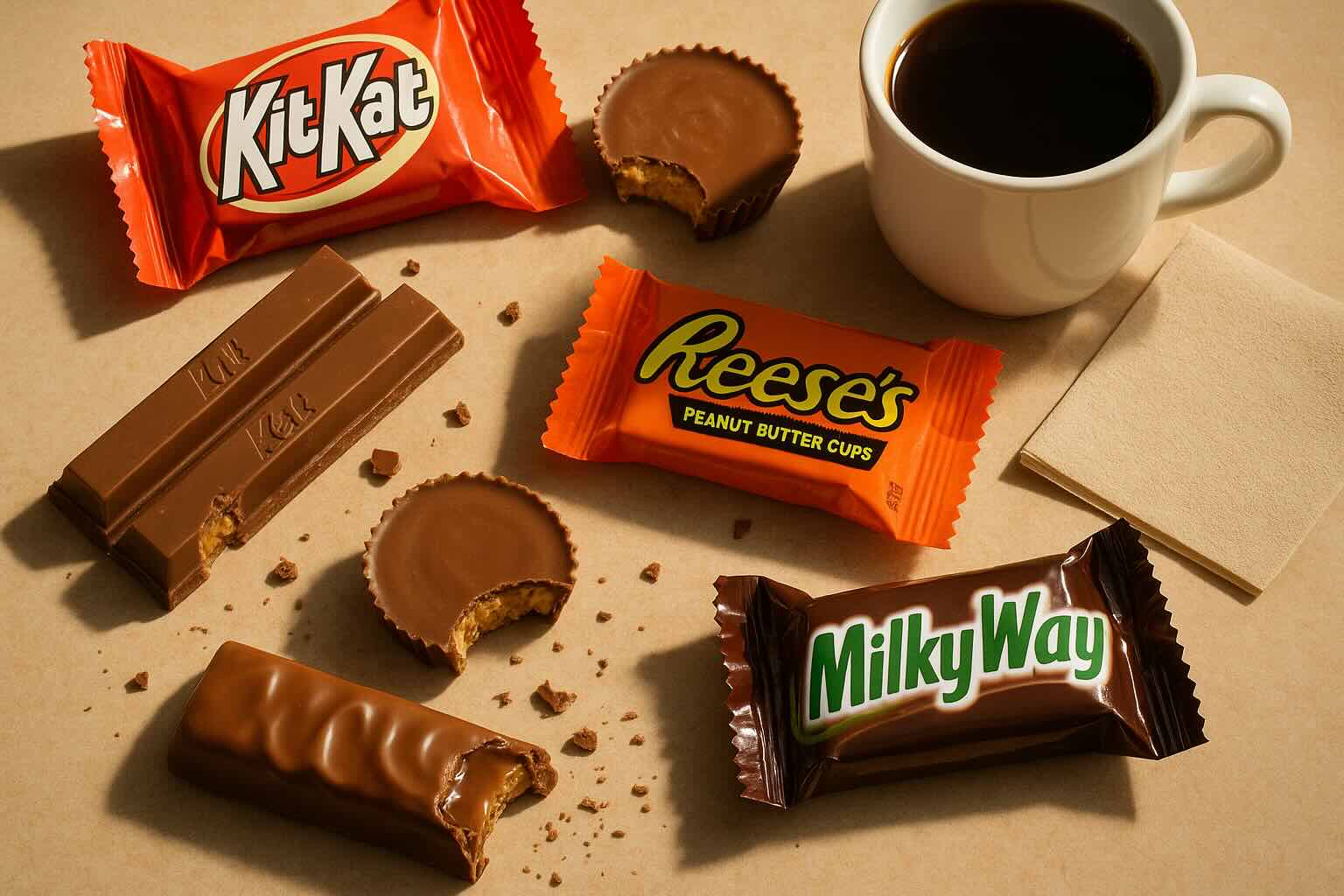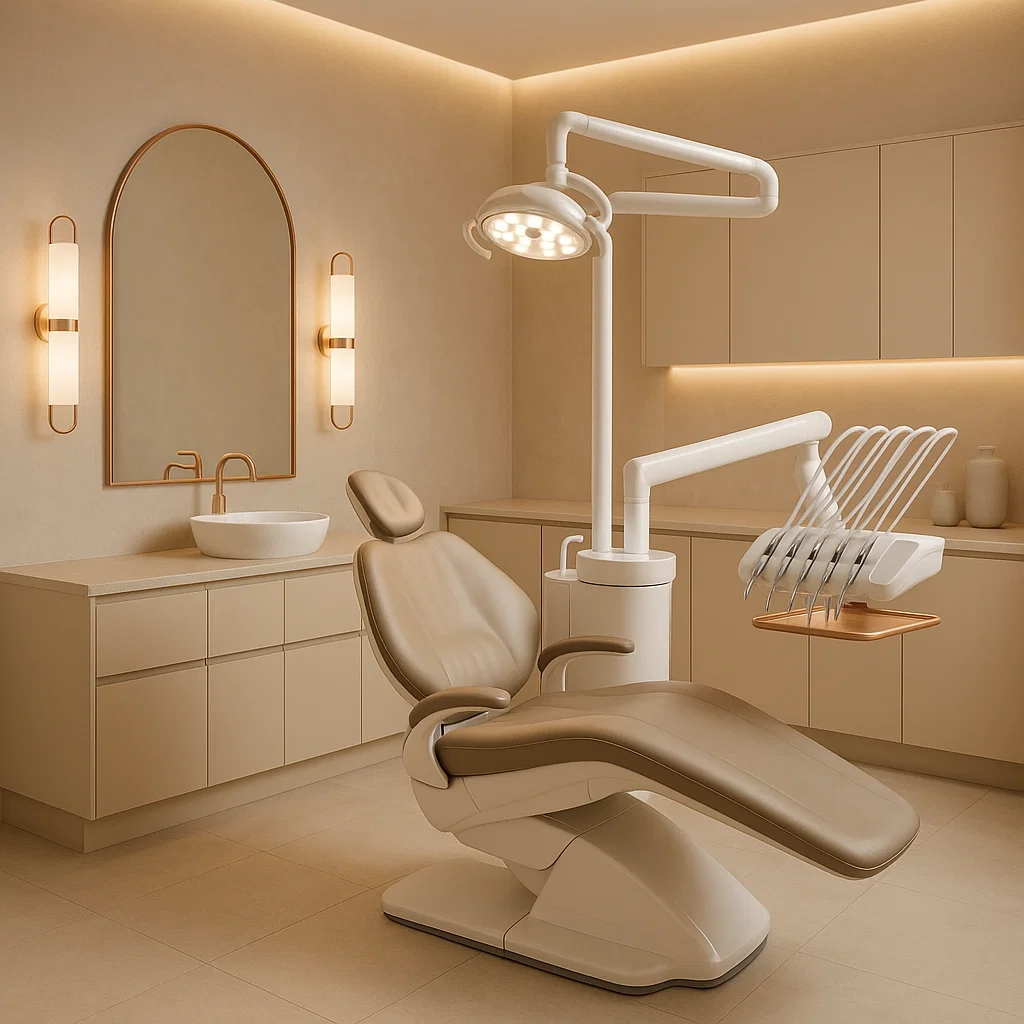
Whether it’s a vending-machine break, a movie night indulgence, or a mid-afternoon craving, candy bars are a familiar comfort. Chocolate, caramel, nougat, peanut butter, or crunch—these treats feel small, satisfying, and easy to justify. After all, it’s just one bar… right?
But here’s the part most people don’t realize: candy bars are one of the most damaging snack categories for your teeth. Their unique blend of sugar, stickiness, and residue quietly latches onto enamel and feeds mouth bacteria for hours. The damage isn’t instant—but it builds slowly until sensitivity, stains, or cavities show up.
Caramel, nougat, and toffee don’t just taste sweet—they stick. These sugars cling to enamel, especially in grooves and between teeth, feeding bacteria long after the snack is gone.
The result?
📊 A single fun-size candy bar can contain 10–15 grams of sugar—and full bars often double or triple that.
Chocolate melts in your mouth, but it leaves behind a film that coats enamel. When mixed with sugary fillings, it becomes a long-lasting buffet for bacteria.
This leads to:
📊 Sugar triggers an acid attack that lasts 30–40 minutes after each exposure—resetting with every bite.
Nuts, crisped rice, toffee, and brittle pieces add fun texture—but they also increase the risk of tiny cracks or chipped enamel. Combined with sugar, those weakened areas become the perfect place for cavities to take hold.
Because enamel damage doesn’t hurt early on, most people don’t notice until they develop:
📊 Enamel chips or fractures dramatically increase the likelihood of future cavities in that area.
Candy bars don’t feel dangerous in the moment—but their effects build silently. Over time, sticky sugars, acid attacks, and residue erode enamel, fuel cavities, and dull your smile. With small, intentional swaps, you can enjoy sweets while keeping your teeth healthier, stronger, and cavity-resistant.
Is chocolate better than other candies?
Yes. Chocolate melts away faster, while sticky candies cling longer.
Are dark chocolate bars safer?
Generally, yes—less sugar and easier for saliva to rinse.
Can rinsing really help?
Absolutely. Water dilutes sugar and reduces acid attacks.
Is brushing right after candy okay?
Wait 30 minutes. Brushing too soon can wear down softened enamel.
What’s the worst candy for teeth?
Anything sticky or slow-melting—caramel bars, taffy, and toffee bars are top offenders.
At KYT Dental Services, we see the hidden effects of everyday treats all the time. Patients are often surprised to learn that “innocent” candy bar habits were quietly damaging their enamel for years.
Our approach goes beyond repairs. We focus on anticipating damage—protecting enamel from acid erosion, reinforcing teeth with fluoride, and giving patients smarter strategies so they can indulge without consequence.
✨ Because even a candy habit should satisfy your cravings—not compromise your smile.





